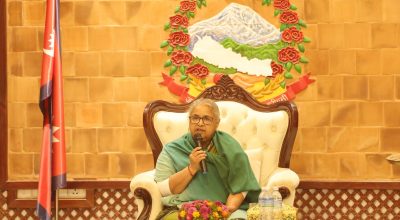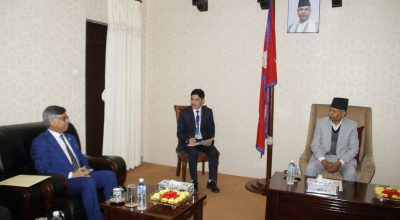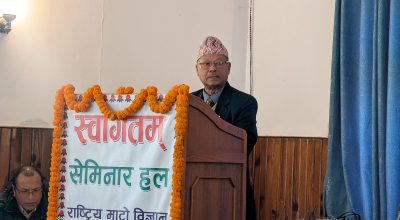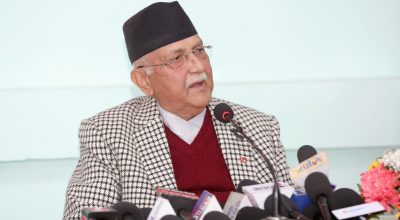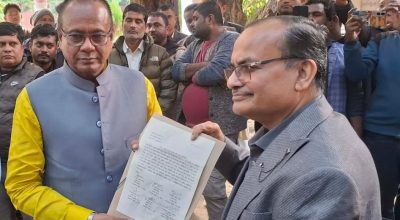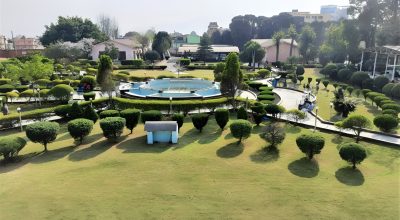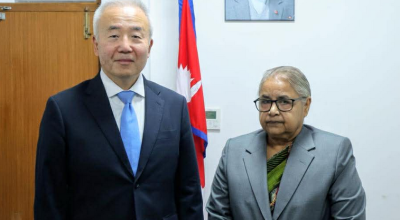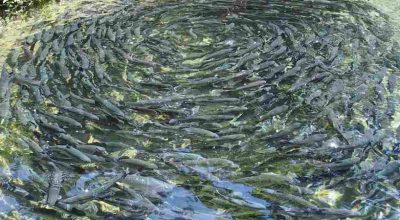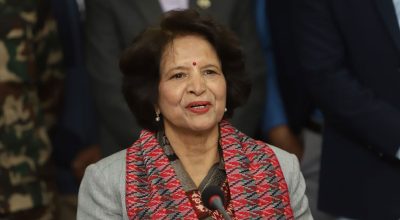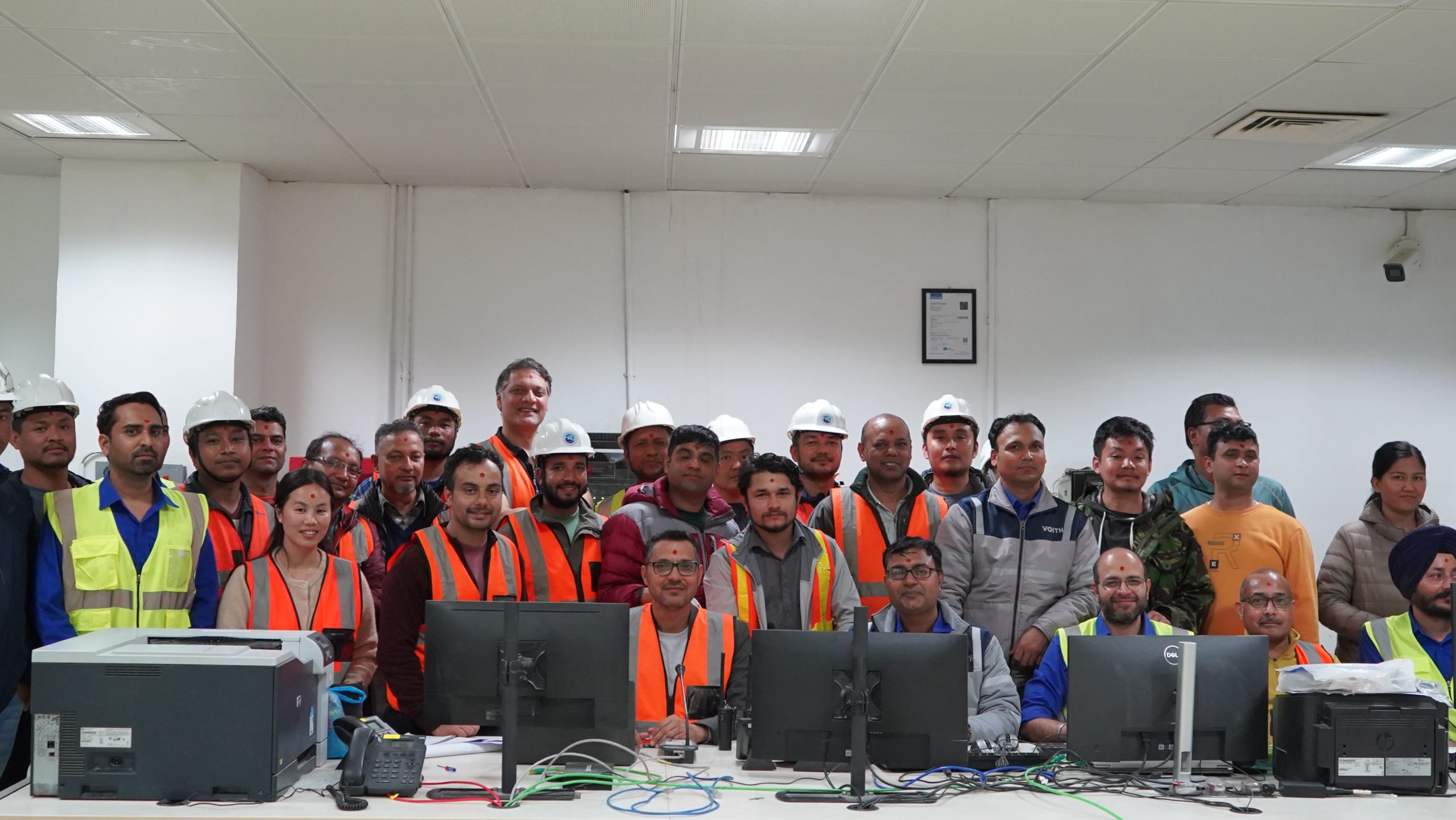
Kathmandu, Nov 22: After a long wait, the Rasuwagadhi Hydropower Project has commenced electricity production.
Built under the ownership of Chilime Hydropower Company, a subsidiary of Nepal Electricity Authority (NEA), the 111 MW capacity project in Rasuwa has started connecting its generated electricity to the national grid.
Located in Gosaikunda Rural Municipality, the project has three units, each with a capacity of 37 MW. Currently, one unit has begun producing electricity on a trial basis, generating 4.2 MW of power. Following successful trials, electricity production will gradually increase, with full commercial production from all units expected to begin within a month, according to Chhabi Gaire, Managing Director of Rasuwagadhi Hydropower Company.
The electricity generated is transmitted via a 10-km, 132 kV transmission line built by the project itself, connecting to the NEA’s 220/132/33 kV substation at Thambuchet, Aamachhodingmo Rural Municipality, and flowing into the national grid. The electricity will then be distributed through the Chilime-Trishuli and Trishuli-Kathmandu 220 kV transmission lines, which were recently completed and operational since Kartik 21.
The electricity from Rasuwagadhi is expected to ease power demand in the Kathmandu Valley during the winter. However, due to low water flow in Bhotekoshi during the dry season, the project will only produce 37 MW at full capacity in winter.
Construction of the project, including the powerhouse, dam, and tunnel, was carried out under the Engineering, Procurement, and Construction (EPC) model. Contracts were signed with China International Water and Electric Corporation in 2014 and Voith Hydro Pvt. Ltd. India in 2015 for electro-mechanical works. The project faced numerous challenges, including the 2015 earthquake, landslides, floods, fuel supply disruptions, COVID-19, and geological issues, which delayed its completion.
Initially estimated to cost NPR 13.68 billion, the project’s cost escalated to NPR 18.69 billion due to delays, depreciation of the Nepali rupee against the US dollar, and extended construction timelines. The financing for the project comprises 50% equity and 50% loans, with Employees’ Provident Fund serving as the primary lender.
The project’s ownership is divided among Chilime Hydropower Company (32.79%), NEA (18%), local governments in Rasuwa (0.21%), and public shareholders (49%). Of the public shares, 15.5% are held by depositors of the Employees’ Provident Fund, 4.5% by employees of NEA, Chilime, and Rasuwa’s local governments, 10% by affected residents of Rasuwa, and 15% by the general public.
The project is expected to generate 613.875 million units of electricity annually, earning an estimated NPR 3.25 billion in revenue from electricity sales. #electricity





